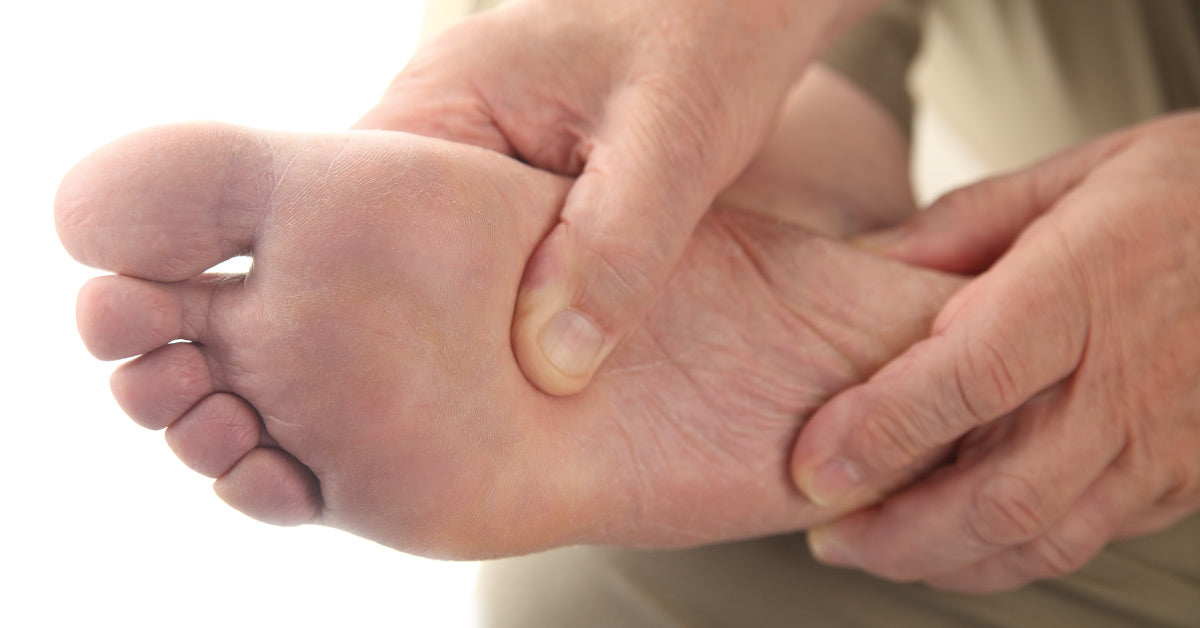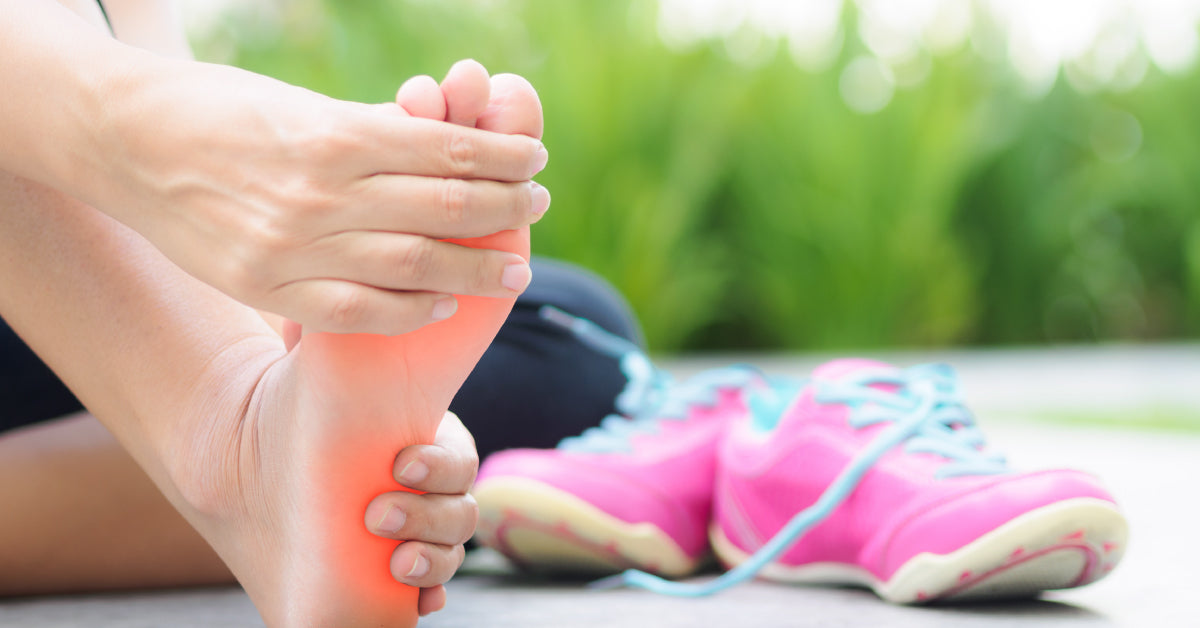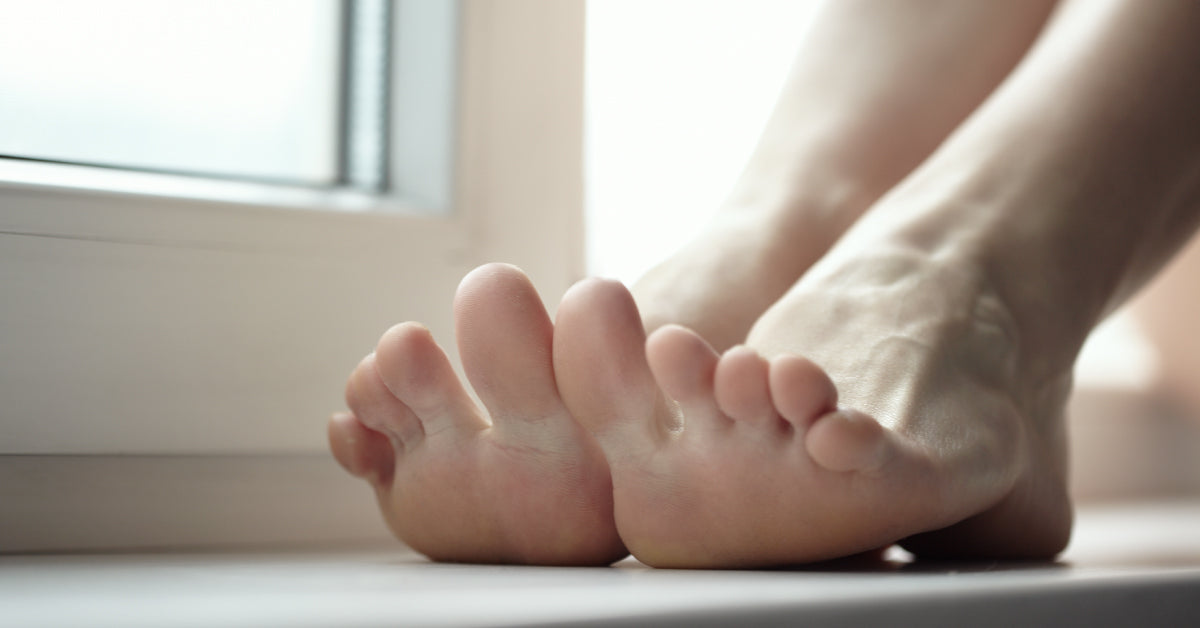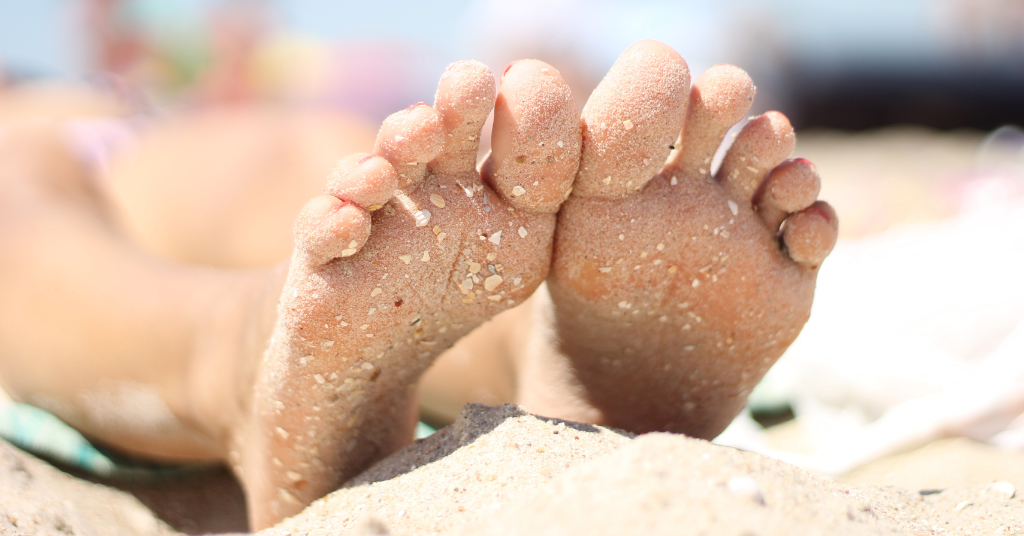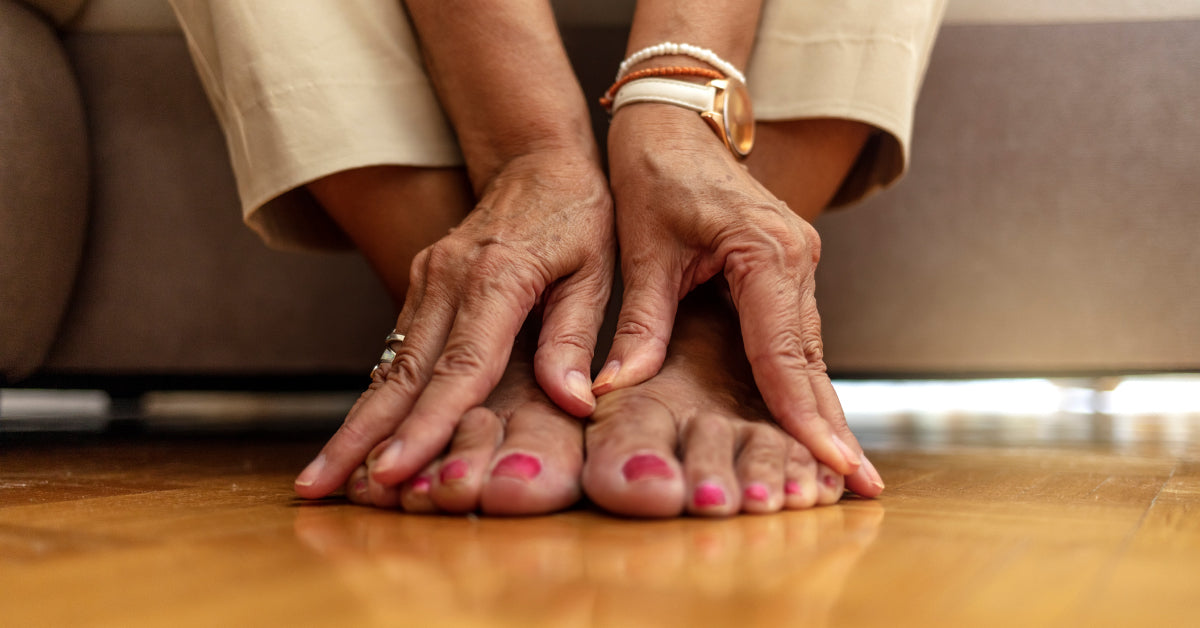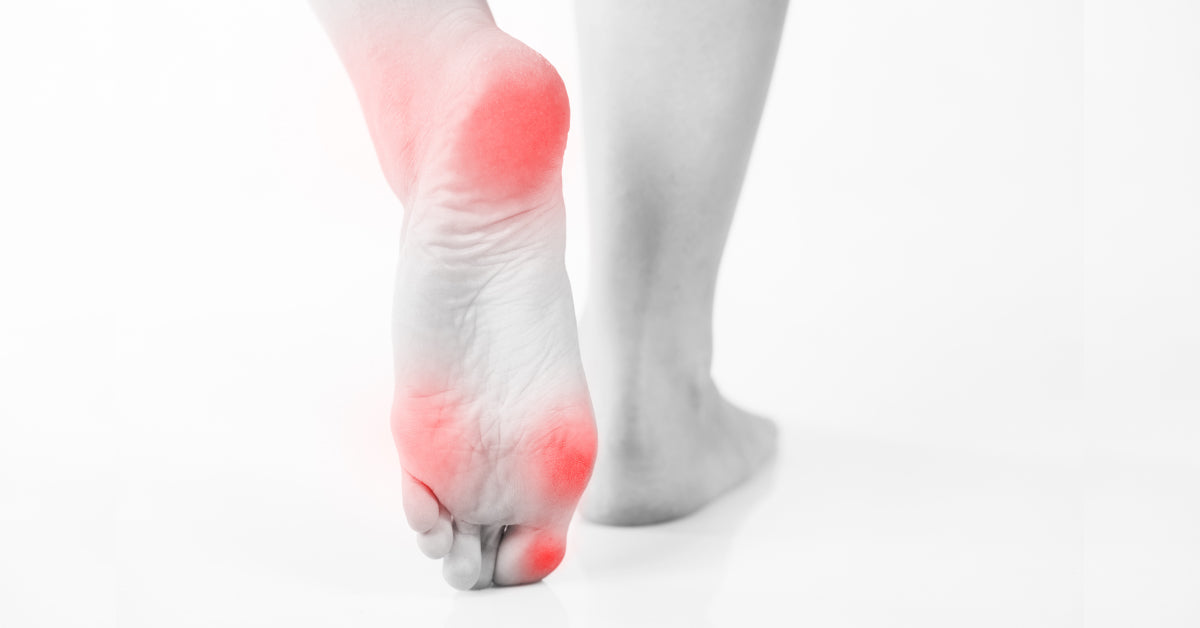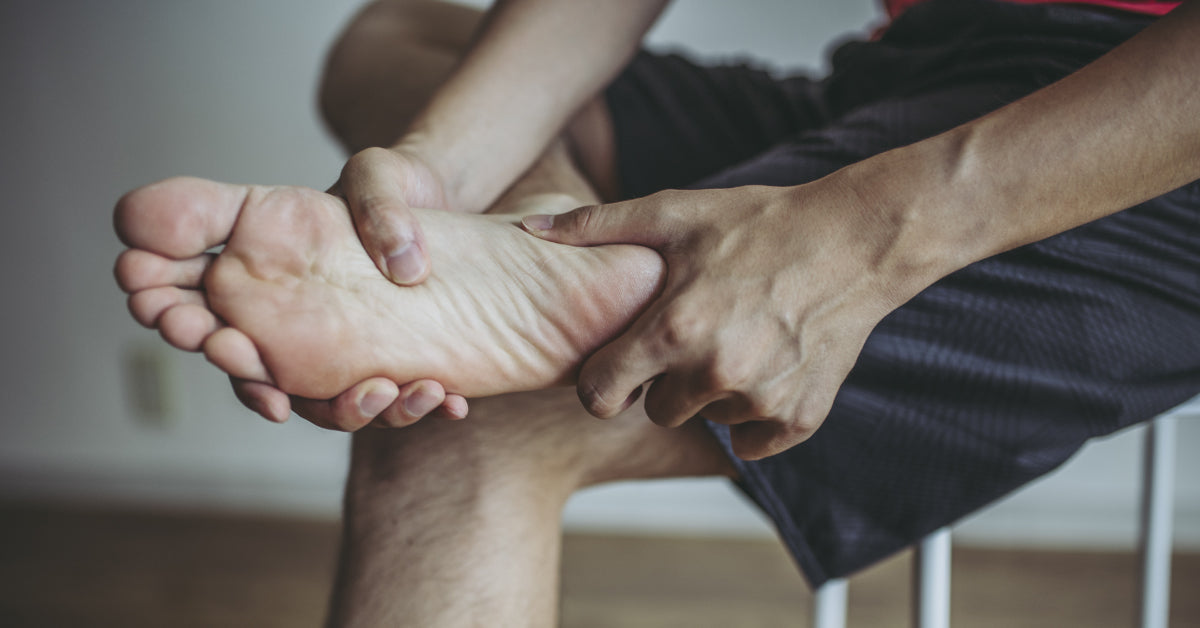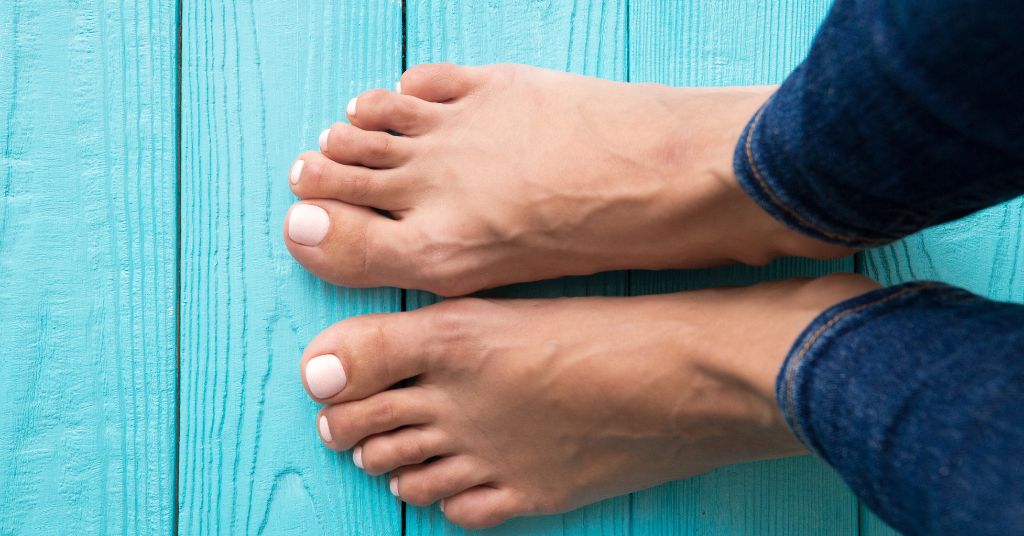
by Antoni Hubert van Beusekom
Why Do Burning Feet Get Worse at Night - and What You Can Do Before Bed
Do your feet feel like they’re on fire when you try to sleep? You’re not alone. Burning feet at night is a common complaint, especially for people with nerve issues, circulation problems, or underlying conditions like diabetes. Understanding why it happens can help you find relief and finally get a good night’s rest. Common Causes of Burning Feet Diabetic neuropathy Vitamin B deficiency Poor circulation Thyroid disorders Excess alcohol consumption Nerve compression (sciatica, pinched nerves) Whilst some of these causes require a lifestyle change, it is not as simple for many people suffering from burning feet. Why Do Burning Feet Worsen at Night? If you’ve ever wondered why your feet feel like they’re on fire when you try to sleep, you’re not alone. Nighttime often makes burning feet symptoms worse, and the reasons go beyond just being tired. Several factors, ranging from nerve sensitivity to temperature changes, combine to intensify discomfort after dark. Less Distraction, More Awareness – During the day, your mind is busy. At night, in a quiet setting, you become more aware of pain and discomfort. Increased Nerve Sensitivity – Peripheral neuropathy and other nerve issues often flare up at night when the body is at rest. Higher Body Temperature During Sleep – Your body naturally warms up at night, and combined with blankets, this can make burning sensations worse. Reduced Circulation When Lying Down – Lying flat slows blood flow to the feet, especially in people with circulation or nerve problems. Daytime Stress on Feet – Standing for long hours or wearing tight shoes during the day can irritate nerves, making symptoms more severe at night. How to Relieve Burning Feet at Night. Cool Foot SoakDip your feet in cool (not ice-cold) water for 10–15 minutes before bed to calm nerve irritation. Elevate Your LegsSleeping with a pillow under your feet can improve blood flow and reduce burning sensations. Wear Loose Cotton SocksAvoid tight socks or heavy blankets that trap heat. Massage and MoisturizeGentle massage can boost circulation and reduce nerve irritation. Use a cooling gel or natural foot cream for added relief. Check Your Blood SugarIf you have diabetes, keeping blood sugar levels in check can prevent worsening nerve pain. Choose Comfortable FootwearOpt for shoes with good arch support and avoid wearing tight shoes all day. Consider Supplements If burning feet are linked to nerve problems or poor circulation, Manna Health has you covered with our range of products to help you support healthy nerves, improve circulation, and reduce discomfort naturally. With targeted solutions for blood flow and nerve health, our products are designed to help you feel relief and enjoy better comfort - day and night. For fast relief from burning feet use: Manna Burning Feet Gel For long term support for burning feet caused by diabetic neuropathy use: Diabetic Neuropathy Combo Pack For support for burning feet caused by poor circulation use: Manna Blood Circulation Support For long term support of nerve health use: Manna Omega-3 Soothe the Burn and Sleep Better Tonight Burning feet do not have to steal your rest. By understanding why symptoms worsen at night and taking a few simple steps before bed, you can find real relief. Better circulation habits and the right supplements can make all the difference. For fast relief, try Manna Burning Feet Gel. For long-term support for burning feet caused by diabetic neuropathy, choose the Diabetic Neuropathy Combo Pack. If poor circulation is the cause, Manna Blood Circulation Support can help. For overall nerve health, add Manna Omega-3 to your routine. Take control of your nights and start your journey to comfort and better sleep today with Manna Health.




